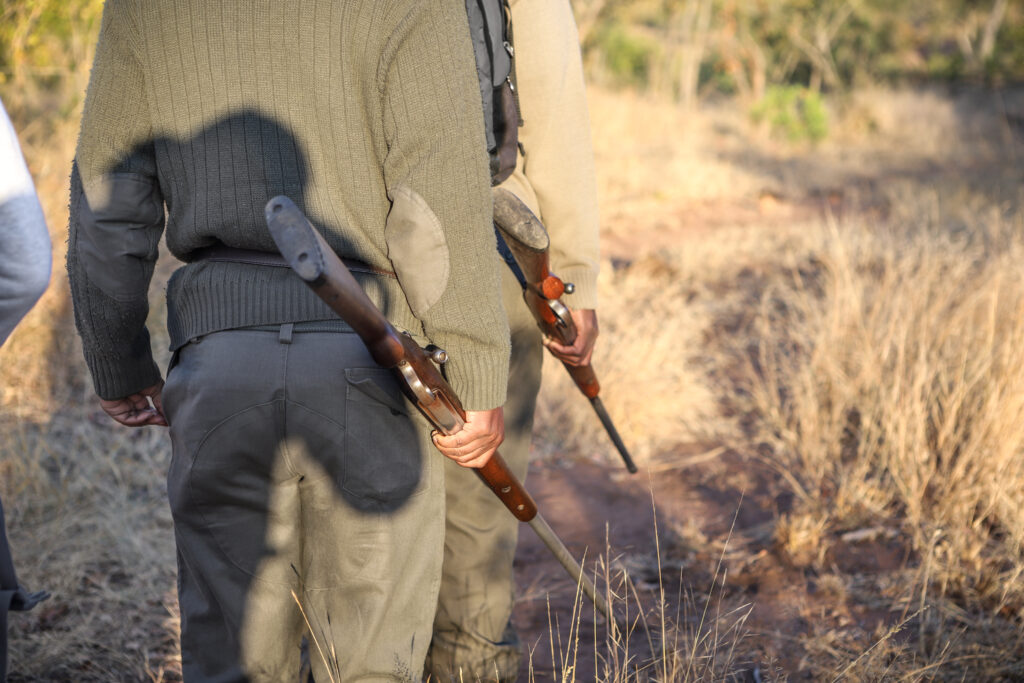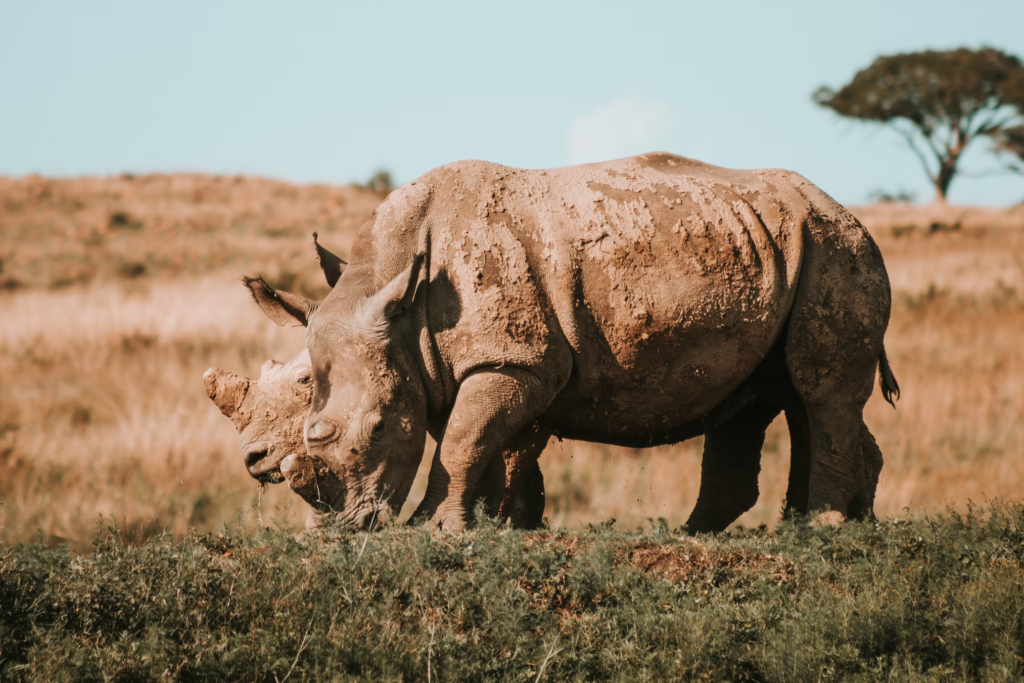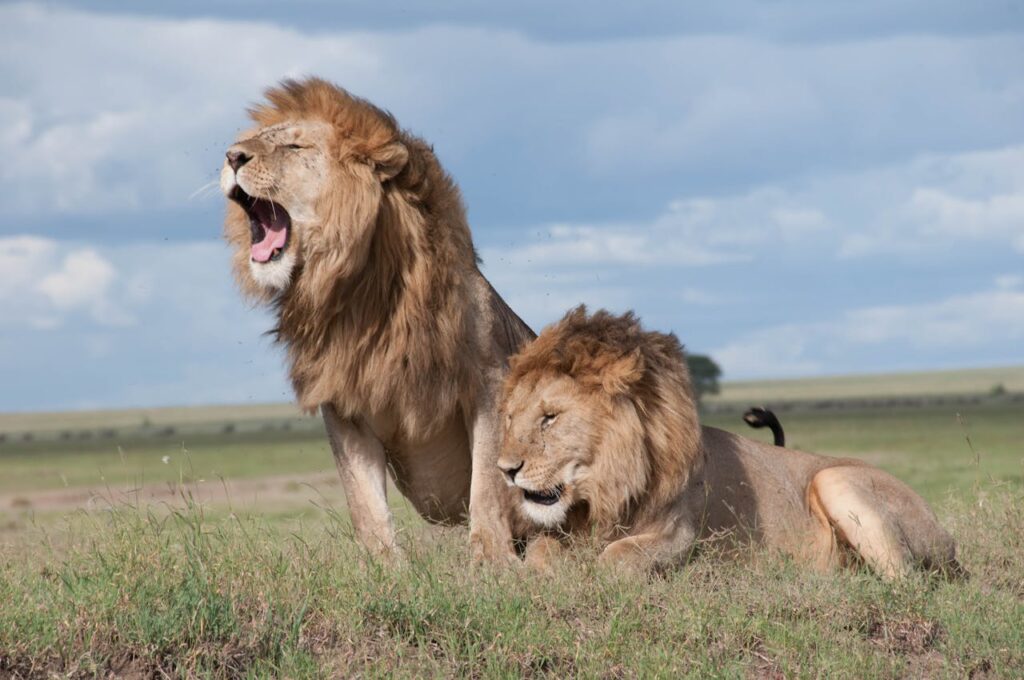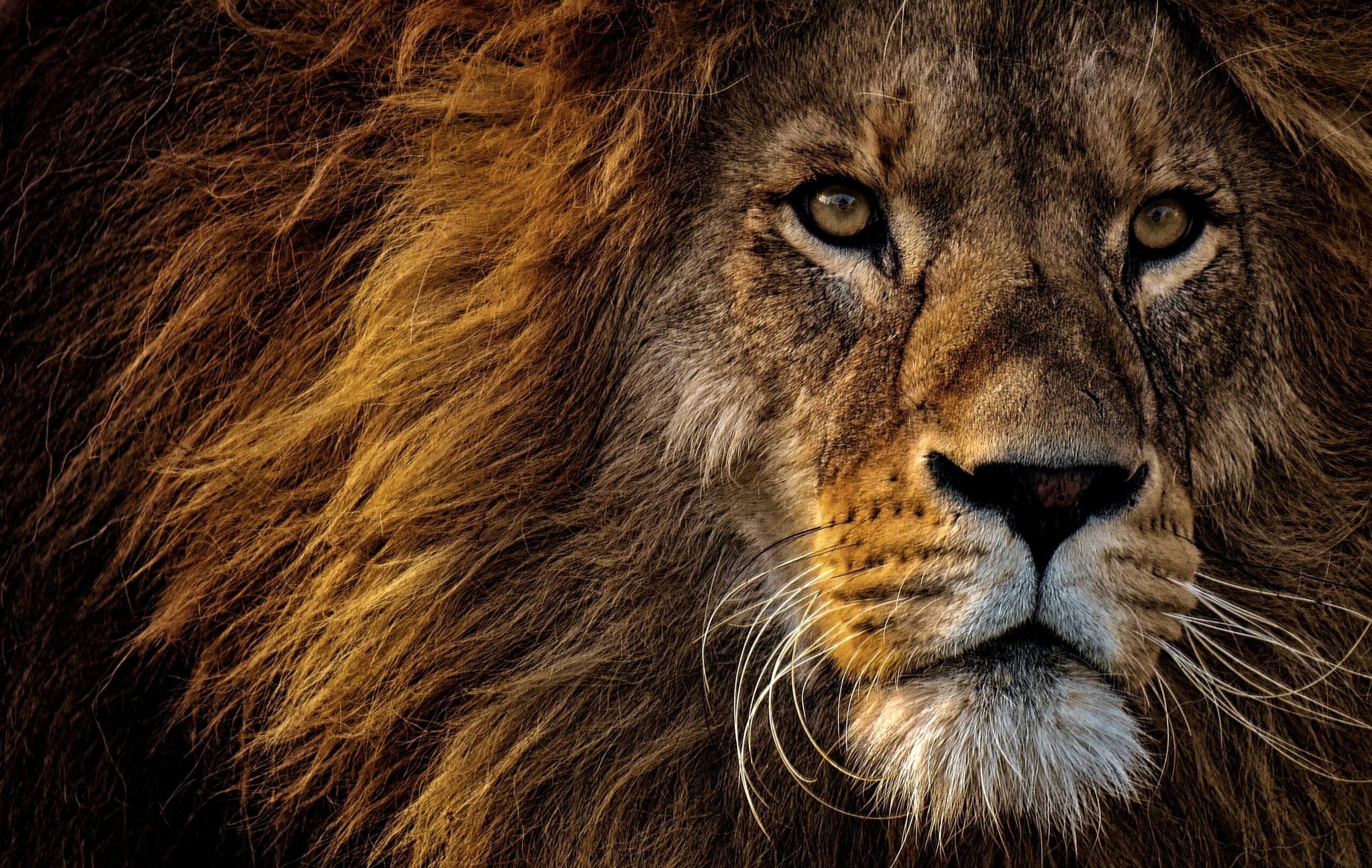Africa’s rich wildlife has long been a symbol of the continent’s natural beauty, but this heritage faces a relentless threat from poaching. Iconic species like rhinos and elephants are being driven toward extinction, targeted for their horns, tusks, and other body parts that fuel an illegal, global trade. This crisis doesn’t just harm animals—it disrupts ecosystems and affects local communities that rely on balanced biodiversity for their livelihoods.
While conservationists work tirelessly to protect these species, the battle is far from over. Sometimes, though, nature reminds us of its own power. A striking example of this unfolded in South Africa’s Sibuya Game Reserve, where a group of poachers met an unexpected and deadly fate. This incident, both grim and symbolic, sheds light on the larger struggle to protect Africa’s endangered wildlife from exploitation.
The Sibuya Game Reserve Incident: When Poachers Became Prey

In 2018, South Africa’s Sibuya Game Reserve became the scene of an extraordinary and tragic event. A group of poachers, armed with tools to kill rhinos and harvest their horns, entered the reserve under the cover of night. Their mission, fueled by the lucrative black market trade in rhino horn, took a fateful turn when they crossed paths with a pride of lions.
The outcome was brutal and final. The poachers became prey themselves, leaving behind only scattered remains, tools, and torn shoes. For the rangers who discovered the grisly scene, it was a sobering reminder of the risks poachers take—and the raw power of the animals they exploit.
While some saw the incident as a form of poetic justice, it sparked deeper conversations about the dangers of poaching and its root causes. It also served as a grim reminder that nature, often seen as fragile in the face of human greed, has a resilience and unpredictability that should not be underestimated.
The Economics of Rhino Poaching
Rhino poaching isn’t just about killing animals—it’s part of a massive, illegal trade fueled by myths and money. In parts of Asia, rhino horns are falsely believed to have medicinal powers or represent wealth and success. Despite being made of keratin, the same material as human fingernails, they’re sold for jaw-dropping prices on the black market.
This high demand has turned poaching into big business, run by well-funded criminal networks. These syndicates exploit struggling communities, recruiting people to do the dangerous work of killing rhinos, while they smuggle the horns into global markets. The damage goes beyond the animals; entire ecosystems suffer, and local communities lose out on the balance they depend on for farming, tourism, and livelihoods.
What makes it worse? These syndicates have resources conservationists can only dream of. They bribe officials, use high-tech gear, and stay one step ahead of enforcement. It’s clear that saving rhinos isn’t just about protecting them on the ground. The demand for their horns needs to stop, and the criminal operations behind this cruel trade need to be dismantled.
Consequences for Wildlife and Ecosystems
Losing rhinos isn’t just sad—it’s a problem that ripples through entire ecosystems. Rhinos play a huge role in shaping their environments. They graze, stomp around, and help keep plants in check, which creates space for other animals to thrive. When they disappear, it’s not just about losing an iconic species—it’s about throwing nature off balance.
For example, black rhinos and white rhinos were once everywhere across Africa. Now, their numbers have dropped so much that the northern white rhino is functionally extinct, with only a few individuals left, protected 24/7 by armed guards. This isn’t just a blow to nature—it’s a hit to the local communities who depend on healthy ecosystems for farming, clean water, and wildlife tourism.
Without rhinos, habitats can change in ways that affect countless other species. The plants grow differently, other animals struggle to survive, and even local economies suffer because fewer tourists visit. Saving rhinos isn’t just about them—it’s about protecting everything connected to them, including the people who rely on nature to make a living.
Empowering Communities to Combat Poaching

The people who live near wildlife reserves are often the first to notice when something’s wrong. They hear the gunshots, spot unfamiliar footprints, or see strangers moving through their land. But for many of these communities, life is tough. Jobs are scarce, and poaching can seem like a way to put food on the table—no matter how risky or illegal it is.
That’s why helping these communities is one of the best ways to fight poaching. Giving people jobs that protect wildlife, like working in eco-tourism or joining ranger teams, turns them into partners in conservation instead of participants in poaching. Programs that teach people how important animals like rhinos are for the land—and for future generations—can also make a big difference.
The challenge, though, is corruption. Poaching syndicates often bribe their way past laws and officials, making it harder to protect wildlife. But when communities feel like they have a stake in keeping rhinos alive, they’re far more likely to stand up to those trying to exploit them. Conservation isn’t just about saving animals—it’s about giving people hope and a reason to care.
A Sobering Reminder of Nature’s Balance

The Sibuya Game Reserve incident is more than just a story of poachers meeting an unexpected fate. It serves as a stark reminder of the delicate balance between humanity and nature—a balance that is too often disrupted by greed and exploitation. While the lions’ actions may seem like poetic justice, the root of the issue remains unresolved. Poaching is a symptom of deeper societal and economic problems, from poverty to cultural misconceptions about wildlife.
This event also underscores the power of nature to resist human interference. Despite humanity’s advances, ecosystems remain intricate and unpredictable, capable of responding in ways that remind us of our place in the natural order. The incident challenges us to reflect on our actions and their consequences, not only for the animals we endanger but also for ourselves as stewards of this planet.
Protecting endangered species like rhinos requires a global effort, one that combines education, enforcement, and community engagement. By addressing the underlying drivers of poaching and fostering a greater respect for nature, we can begin to restore balance and ensure the survival of these magnificent creatures for generations to come.
Protecting Rhinos: A Fight for Balance in Nature
The fight against poaching is about more than just saving rhinos—it’s about protecting the balance of nature and securing a future where people and wildlife can thrive together. The Sibuya Game Reserve incident is a stark reminder of the risks and consequences tied to exploiting the natural world. While the story might seem like nature’s way of evening the score, it also highlights the deeper issues we need to address.
Conservation isn’t just the responsibility of governments or big organizations—it’s something we all play a part in. Supporting initiatives that provide communities with better livelihoods, spreading awareness about the truth behind rhino horn myths, or even contributing to anti-poaching programs can make a difference. Every small effort adds up.
Rhinos, and the ecosystems they help sustain, need more than protection—they need a world that values their existence. By working together, we can turn the tide and ensure these incredible animals have a future. Nature has shown its strength; now it’s our turn to show compassion and responsibility.

